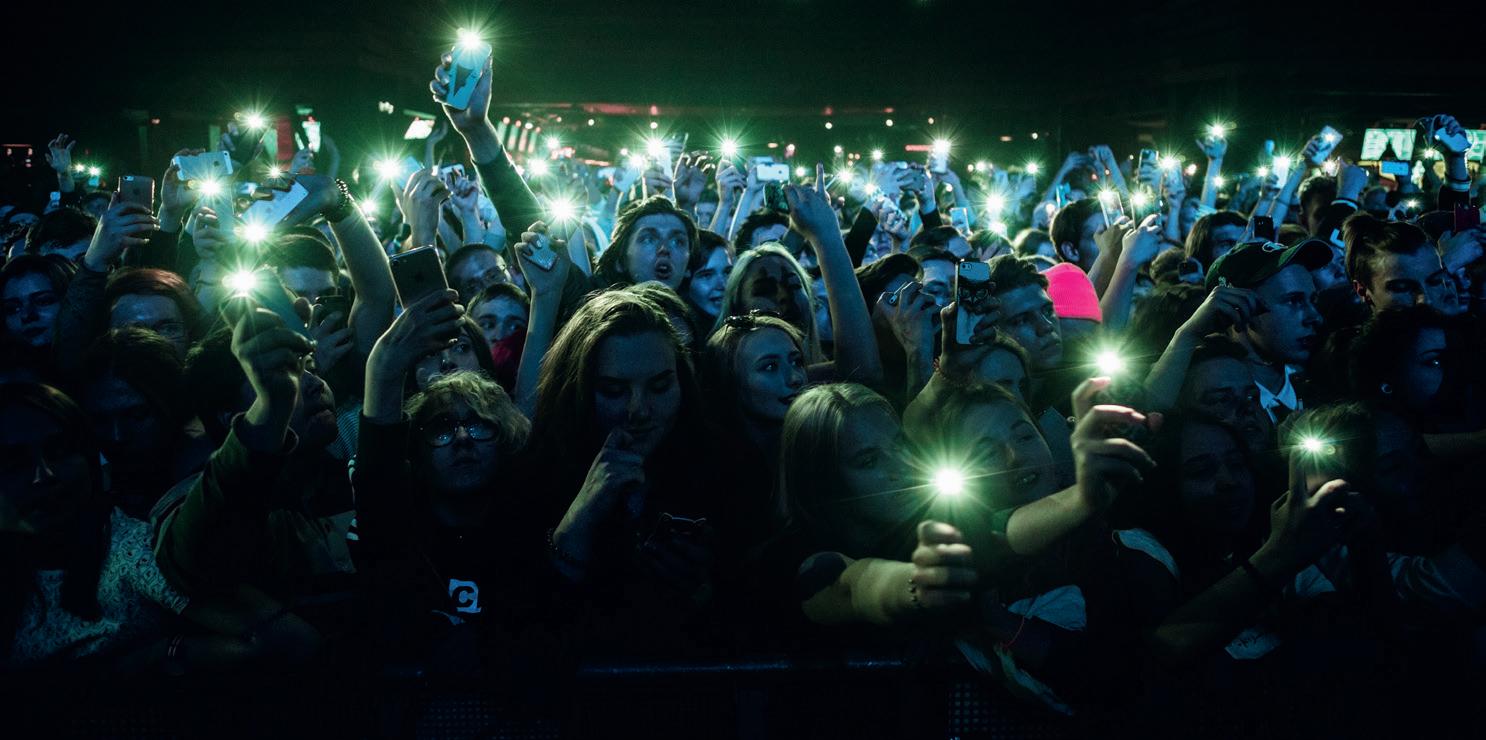
2 minute read
Security: Who’s responsible?
Even though today we can say that the United Arab Emirates and several European and Asian countries have a very wellestablished security system, situations can still arise where public panic can occur and culminate in a tragic event, such as the recent Halloween celebrations in Seoul, where 150 people died.
Ms Veronika Fáberová, a member of SPA with 30 years of experience in the eld of commercial security, has in recent years focused on the security of public spaces and is dedicated to the security training of non-security sta in the service sector, whether they are employees of health care facilities, hotel receptionists, teachers, employees of public authorities, banks, public transport drivers and employees of amusement parks or multi-purpose arenas.

Her surveys, which she conducts every year at several selected mass cultural and sporting events, show that people are convinced that their safety is the organiser’s responsibility, not theirs.
“Experience has shown me that the number of negative incidents has rapidly decreased where sta are additionally aware of the various safety policies,” she explained.
“Participants will get answers to questions on how to recognise a potentially risky situation and how to behave in it. Specialised training like this needs to be tailored to the client’s environment and to the situations that may arise there. That is why the training is performed directly at the client’s site, so that sta experience the correct procedures during the incidents that may occur in their environment.
“Everywhere there are various manifestations of verbal aggression, revenge, outbursts of anger, even out of desperation, actions of people under the influence of narcotic and psychotropic substances, but also people who have some mental problems or, on the contrary, stupid pranksters who are able to cause a crowd panic quite easily. With continued tourism and multiculturalism growth, similar problems are occurring everywhere,” she added.

The modern training system also includes the work of professional actors and lm stuntmen who participate in the training by simulating various risky situations according to tailormade scenarios prepared in advance.
It is important to properly play out the escalation of conflict so that employees learn to recognise the impending danger and take the necessary steps in time. To do this, we use the internationally recognised Run – Hide – Inform (Fight) procedure.
Clients need to be o ered a complete preventative solution using proven security trends that have already proven their usefulness in the world. One of the principles we work with is the CPTED method – Crime Prevention through Environment and Design. This concept suggests that the design of buildings, landscaping and outdoor environments can either encourage or discourage crime or prevent the possibility of panic in which people get trampled.
In order for prevention to really work it is advisable to create a whole complex of measures, from a well-set organisational security policy, remembering the security of the environment (CPTED), creating various leaflets and brochures for employees, as well as for their clients and visitors, and above all training of all involved employees in the form of practical exercises and simulations. Such a complex policy then brings success and saves health and lives.










